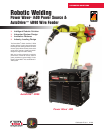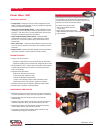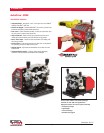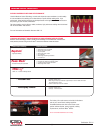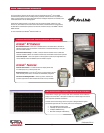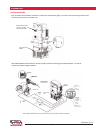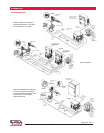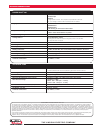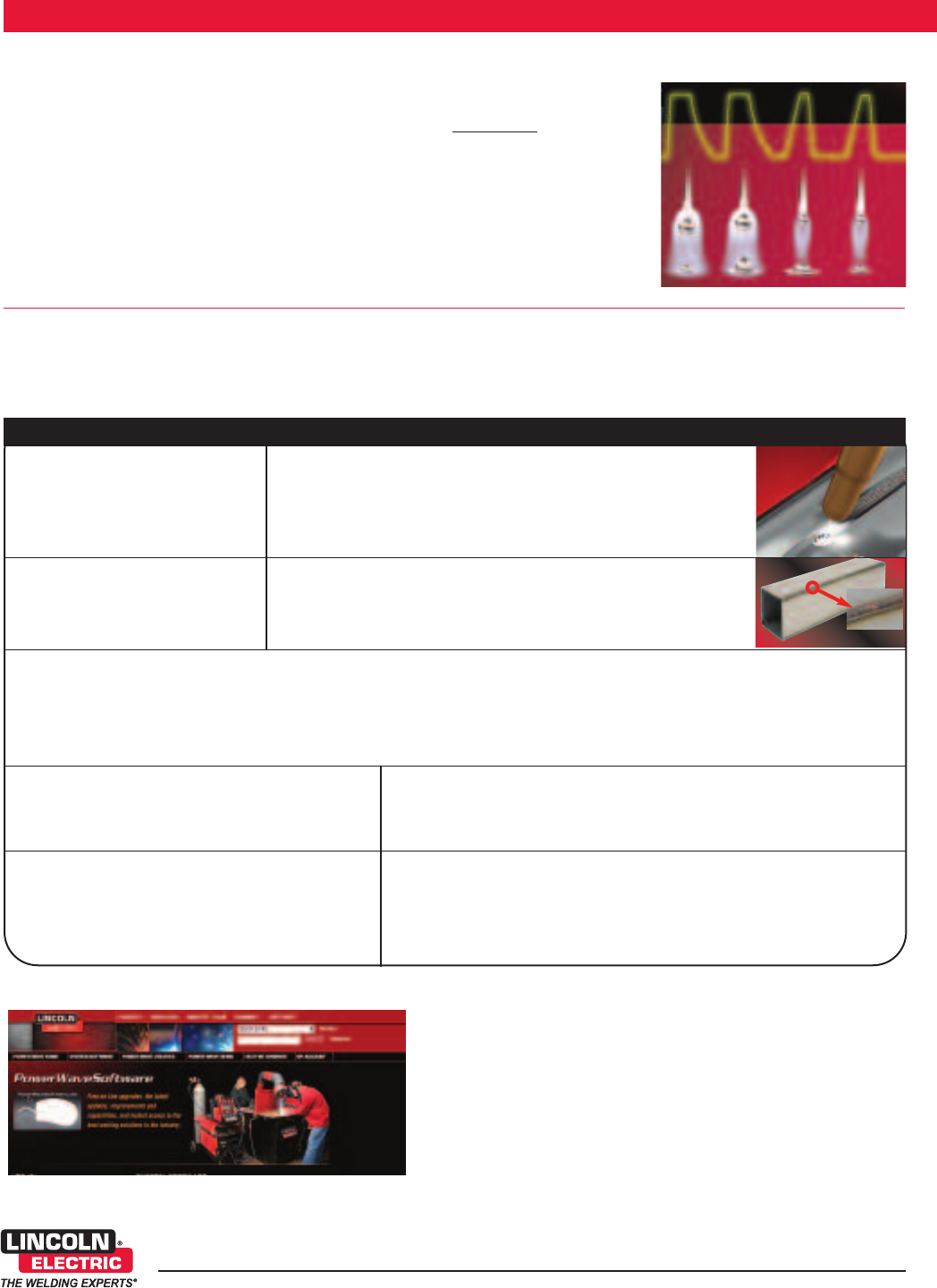
[4]
Publication E10.11
www.lincolnelectric.com
LINCOLN NEXTWELD
®
INNOVATIONS FOR CHALLENGING APPLICATIONS
Waveform Control Technology
®
makes it possible to take advantage of Lincoln Nextweld
®
innovations like
these patented processes using the Power Wave
®
i400 and the AutoDrive
™
4R90 wire feeder:
WAVEFORM CONTROL TECHNOLOGY
®
DRIVING SUPERIOR WELDING PERFORMANCE
Lincoln Electric Welding Feature Overview
Rapid-Arc
®
• Stable at very short arc lengths
• Good at high travel speeds
•
Very low spatter
- High Speed Welding • Wide range of filler metals
•
Out of position
• Wide range of operating procedures
•
Low heat input
Power Mode
TM
• Join materials thinner than 20 gauge (0.7 mm)
• Consistent arc stability & penetration profile
• A stable arc despite stickout fluctuation
- Consistent stability and penetration • Wide range of filler metals
TOTAL s
2
f
TM
TOTAL s
2
f
™
- Aluminum Welding Solution
• Pulse-on-Pulse
TM
• Spatter reduction
• Excellent cleaning action
• Wide range of frequency modulation (ripple affect) for uniform beads on welds in
which appearance is critical
• Control of heat input on thinner materials
• Pulse Spray Transfer
• Spatter reduction
• Excellent cleaning action
• Synergic - "one knob control"
The industry’s first web resource exclusively for fabricators
who rely on Lincoln Electric welding equipment.
PowerWaveSoftware.com offers users access to new
product software releases, system upgrades, welding
improvements, and Power Wave
®
Utilities.
Go to PowerWaveSoftware.com today!
Lincoln’s Waveform Control Technology
®
controls and shapes the output waveforms (or weld modes).
It is the modulation of the welding current that achieves a specific desired welding result. High
performance, digital welding waveforms are developed based on the application and take into account
t
he process, gas, and wire size combinations.
The desired welding result is efficient, reliable, consistent, high performance welding which is delivered
with the Power Wave
®
i400 solution.
For more information see Nextweld
®
Document #NX-1.10



